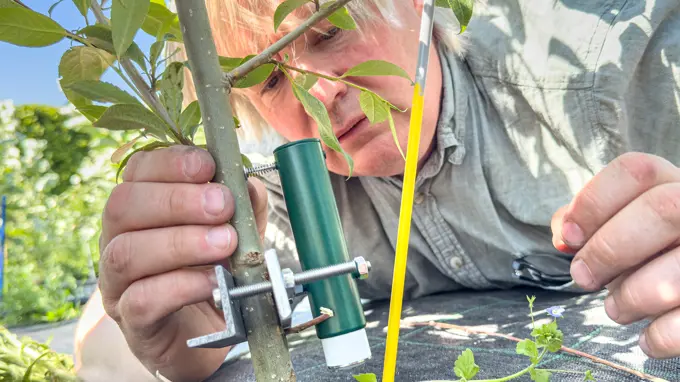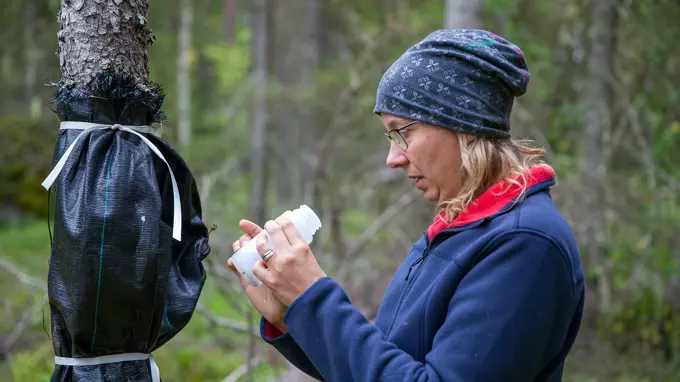
Resilient Ecosystems
What makes ecosystems resilient and able to absorb the effects of change? This research area brings together expertise to advance knowledge on how ecosystems respond to stress, how they recover from disturbances, and how resilience can be strengthened.
The research covers a wide range of landscapes and habitats – from boreal forests and agricultural lowlands to coastal wetlands – and draws on disciplines such as microbial ecology, hydrology, forest dynamics, conservation biology and the social sciences. Particular focus is placed on biodiversity, functional diversity, and the interactions between ecological processes and human activities, including climate change, pollution, and land use.
At SLU, researchers investigate the mechanisms that underpin ecosystem stability and change, identify tipping points, and develop strategies for restoration and sustainable management. Social and institutional factors – including governance, policy, and environmental communication – are also studied as integral parts of the social-ecological systems that shape resilience.
By combining expertise across natural and social sciences, SLU contributes to science-based solutions that strengthen the ability of ecosystems to withstand, adapt to, and recover from change – supporting a sustainable and just future.
Examples of research within this field

Poplar for the future
A fast-growing deciduous tree such as poplar could be an alternative or complement to the spruce in Swedish forestry as deciduous trees contribute to biodiversity, increased variation and societal values in the forest landscape. Henrik Böhlenius's work focuses on poplar and hybrid aspen, both of which have the potential to produce 3-4 times as much wood as spruce under ideal conditions.

Knowledge for restoring ecosystems and supporting biodiversity
Within the research field of Restoration Ecology, researchers at the Department of Wildlife, Fish and Environmental Studies investigate how land use affects ecosystems and how ecological restoration can mitigate biodiversity loss.
Several large-scale, long-term field experiments are conducted in Sweden and internationally, testing restoration methods such as prescribed burning, gap-cutting, translocation of dead wood, and uneven-aged forest management. These projects aim to improve the understanding of how restoration efforts influence biodiversity over time.
By collaborating with industry, authorities, NGOs, and researchers, the goal is to produce high-quality science that can guide practical conservation efforts and support national and international biodiversity targets.
Meet Vilis Brukas, professor of forest planning
Vilis Brukas researches a variety of forest policy issues, and has previously investigated the instrumentation of forest policies and the interface between policy and planning in several European countries. He currently leads a large Swedish project examining forest owners’ preferences and knowledge acquisition.